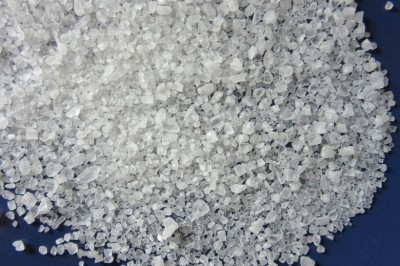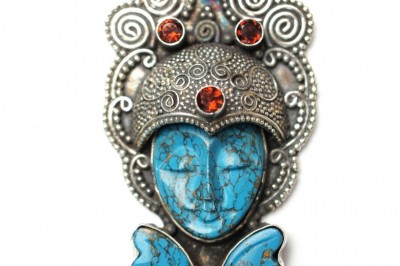Coral - Jewelry of the Mermaids
The coral is the massive calcareous stacks which secretes in the sea one kind of preliminary coelenterate coral polyp becomes by the growth, assumes the dendritic, the cross section has the concentric layered pattern. Its chemical composition is the calcium carbonate, mainly appears by the calcite form, degree of hardness is 3.5-4, the proportion is 2.60-2.70. Coral is calcified skeletons of sea creatures that grow in formations resembling the branches of a tree. The hard skeleton of red coral branches is naturally matte, but can be polished to a glassy shine. It exhibits a range of warm reddish pink colors from pale pink to deep red; the word coral is also used to name such colors. Owing to its intense and permanent coloration and glossiness, precious coral skeletons have been harvested since antiquity for decorative use. Coral jewelry has been found in ancient Egyptian and prehistoric European burials and continues to be made to the present day. Corals of excellent quality are found in the Bay of Biscay, Cape de Verde Islands and the waters of the Mediterranean, Red Sea, Southern Island and Japan. Corals are quite popular in todays fashion jewelry because of the bright and vivid colors in which they can be found. The red and pink color corals are the most popular, although yellow and orange corals are also found in nature. Good quality coral has a uniform color without any fissures, bands, cavities or spots. Generally coral are enhanced to improve its color and durability. To enhance the beauty of the coral, they are treated with different protective materials. Deep red and rich corals are by far the most popular. Precious red coral, fire coral, or ox blood coral that is used in jewelry is a semi-translucent to opaque material that is frequently dyed to enhance color. Black and Red Corals used in jewelry are Calcareous Corals that are much softer than other gems. Gem-grade black coral, which typically came from Mexico and the Caribbean, is no longer commercially available
Coral is especially fragile. Protect coral from scratches and sharp blows. Also avoid large temperature changes (such as leaving it be a heater vent or in a hot car). Do not clean coral in a home ultrasonic cleaner. is a soft and porous gem which will scratches and disintegrates easily. Chemicals such as chlorine, alcohol, ammonia, nail polish remover and other chemicals can damage the beauty of the coral. It should be keep away from other gemstones to prevent scratches. Use a soft moist cloth to clean, but never dip on water. If you lose a coral piece from your jewelry, its wise that you fix that as soon as possible, and when needed, use he services of a professional jeweler to restring your coral necklace.
Coral jewelry is not without its share of controversy. Coral reefs are some of the most biologically rich and economically valuable ecosystems on Earth, but they are increasingly threatened by pollution, invasive species, fishing, disease, bleaching, and global climate change. Environmentalists believe that the popularity of coral jewelry is contributing to the destruction of coral reefs around the world. Red Coral grows only about ¼ inch per year, making it a highly treasured gemstone. This slow rate of growth, coupled with destruction of coral reefs due to climate change and over-harvesting has threatened some of the worlds most beautiful reefs. Conservationists have urged jewelers to do what they can to help conserve coral. Conservation includes using less coral products, offering coral-inspired designs, educating customers on business practices that help sustain the environment and even halting coral sales altogether, if possible.



























